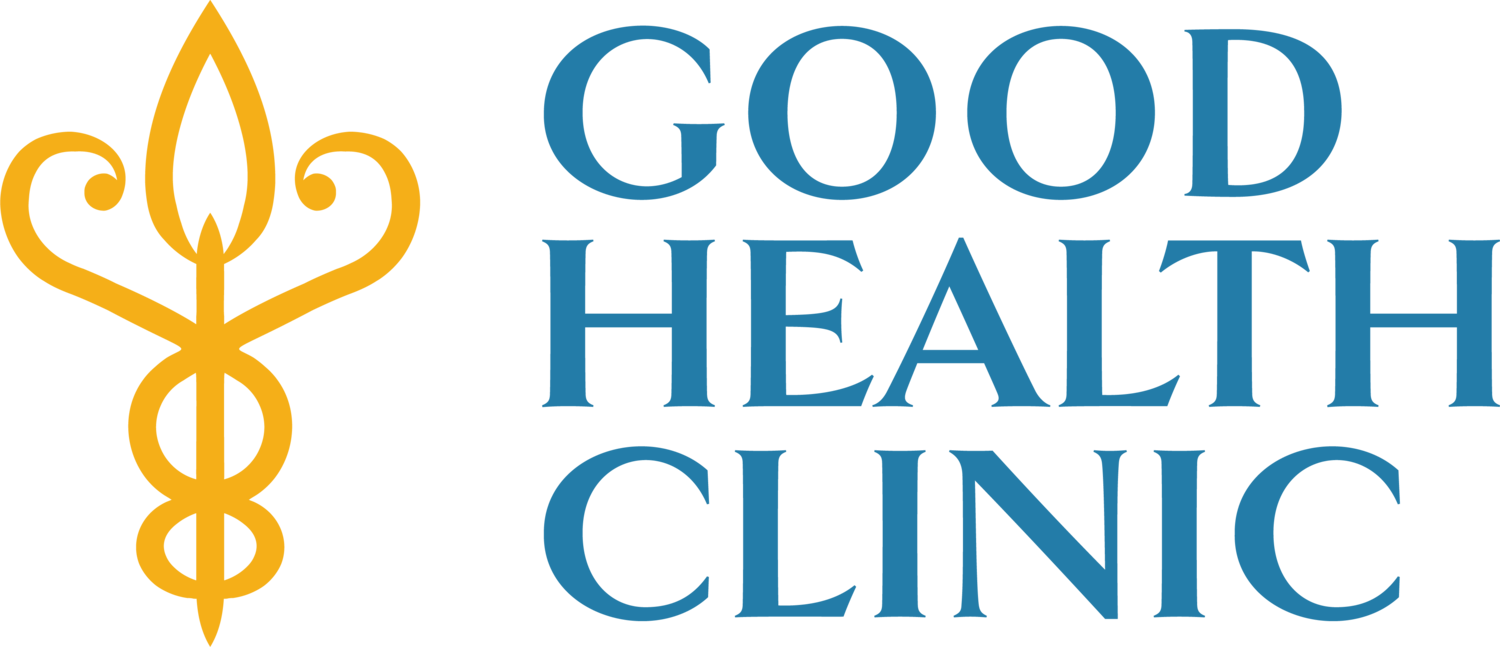Biotoxins - Why Some People Can’t Get well!
Around 24% of the population cannot excrete the toxic byproducts (known as biotoxins) from mould and bacterial infections from their bodies. This is one in four people! The reason is that a particular group of genes (HLA genes) in this 25% don’t work correctly.
CIRS - Chronic Inflammatory Response Syndrome
This means that while one half of their immune system mounts an alarm response to the biotoxins, the other half of their immune system fails to recognise the biotoxins as invaders and consequently fails to respond. The result is an increase in toxins that cannot escape from the body. This makes the person increasingly sick and inflamed. The collection of symptoms it produces is known as CIRS (Chronic Inflammatory Response Syndrome).
Triggers for CIRS
Not everybody with faulty HLA genes gets sick. You need to be exposed to a trigger like a bacterial infection (from Lyme, Mycoplasma, dental infection etc.) and/or mould/biotoxins from a water-damaged building (plumbing leak, water leak, mouldy food etc.) first. When building materials suffer water leaks, this releases toxic mould spores and microorganisms into the air.
Three quarters of the population can excrete these safely from their bodies and not get sick. The other quarter can’t. Not being able to safely excrete biotoxins from your body means you start to grow colonies of mould and biotoxin in your tissues. This can produce a wide variety of symptoms ranging from brain fog, to aches and pains, asthma, COPD, chronic fatigue and more. CIRS is often misdiagnosed as other ailments. However, if you don’t address the underlying cause, your symptoms will keep coming back no matter what treatments you are given.
Addressing the cause
Remember that mould/biotoxin illness can occur as a result of bacterial infections like Lyme, Bartonella, Chlamydia, Mycoplasma and hidden dental infections as well as mould. It can also occur from exposure to mould/biotoxins in your home, car, workplace and any part of your dwelling that has been water damaged. Some of the triggers I have seen with people in my clinic are mouldy bathrooms, kitchens, backs of wardrobes, attics, swimming pool filters, washing machines, classroom huts and even a water-damaged school bus!
Mould biotoxin sufferers can also harbour antibiotic-resistant infections deep in their nasal tissues, sinuses and dental area. This is known as MARcONS and is different to sinusitis. Mould and biotoxin colonies in the body can be addressed successfully with a step-by-step approach and sufferers can recover and be aware of how to guard against further exposures and colonisation. However, the first step is to get the mould and biotoxins out of their environment.
Step One: Improve Air Quality
You can’t hope to recover from mould biotoxin illness if you continue to live in a mouldy environment. You need to identify the mould hot-spots in your home. These might include:
Areas with water access to your house: taps, showers, toilets, dishwasher, washing machine, chimney, windows, gutters, downspouts, drainage etc.
Mouldy food in cupboards (oranges and nuts are great for this), mouldy house plants.
Mould can find its way into wood, tiles, wallpaper, paint, carpet and insulation.
Follow your nose - can you smell damp anywhere?
Water damage affects modern as well as older homes.
Unsure if your home is safe or not? Get the ERMI (Environmental Relative Mouldiness Index) test from Building Forensics in the UK. For mould sensitive people, a safe ERMI score would be +2 or less.
Disturbing a mould-sensitive area may release spores, dead fungi and other toxins into the air, allowing them to travel undetected into humans. If you are mould sensitive, don’t do the cleaning yourself!
Once your immune system is primed against mould and other biotoxins, subsequent exposures can trigger more severe symptoms. One lady, after cleaning up her home, had a relapse when she put on a cardigan that had been kept in a mouldy wardrobe.
Open windows for ventilation.
Install an air filter. We use a Propolair machine that removes mould and other biotoxins from the air for about 20 minutes in the upstairs hall at night.
For difficult to remove mould or hidden mould, you may need the services of a specialist company like Building Forensics in the UK.
If you suspect mould biotoxin illness, there is a free online test - the Visual Contrast Sensitivity Test - that can give you an indication of whether you might be suffering from a mould-related or biotoxin-related illness. It can be used alongside standard lab tests to monitor recovery from CIRS.
Once you have completed Step One, you are ready for Step Two - removing the mould and biotoxin colonies from your body.
If you would like to know more about mould biotoxin illness or if you could be suffering from it, please contact me to make an appointment on 07836 552936 or on our clinic answerphone 01752 774755.

